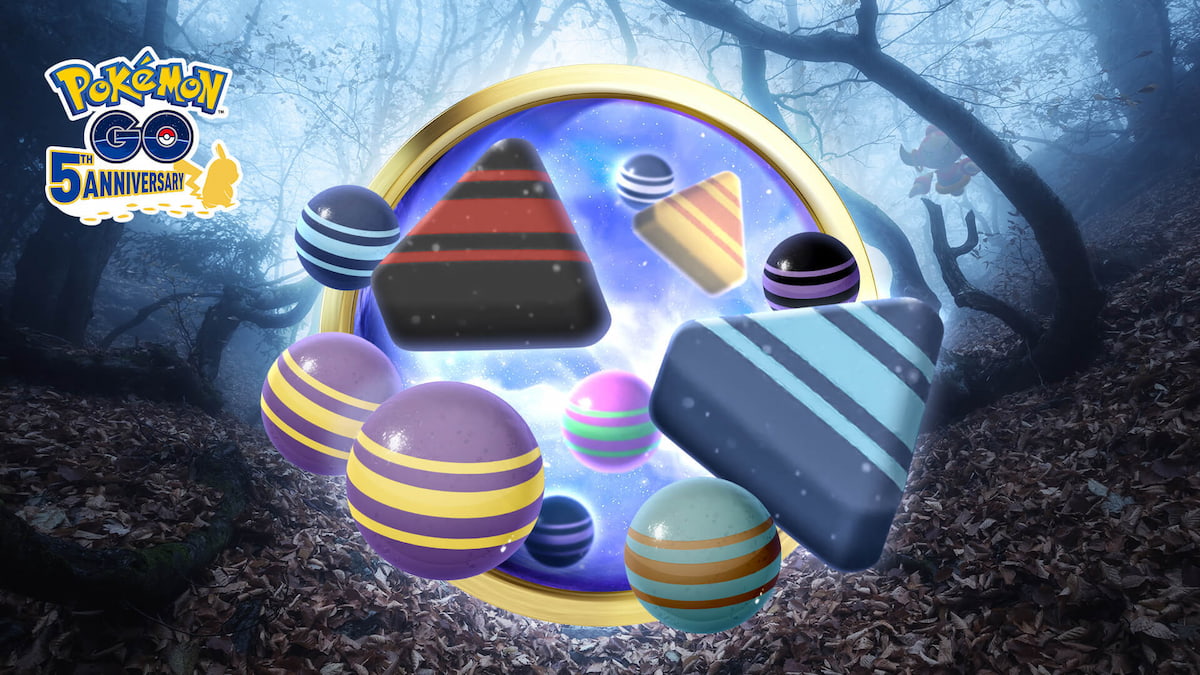Smartphones have come a long way when it comes to gaming. The powerful hardware inside modern smartphones has allowed developers to put all kinds of fairly advanced games onto mobile platforms, including Apex Legends Mobile.
Related: How to play Fade in Apex Legends Mobile – Strategies, counters, and more
Apex Mobile is available on both iOS and Android devices, and fortunately, given that smartphones can vary quite a bit in both power and processing speed, the game has a good deal of both graphics and framerate options that you can change. Here are some tips on how to best fine-tune your experience playing this battle royale.
Best graphics and framerate settings
You can change the game’s graphics/framerate settings by going into the settings menu, and selecting “Graphics and Audio.” There are three main settings here you can tinker with to adjust both fidelity and performance. We’ve listed all of them below, with our recommendations bolded:
- Graphics Quality – The higher this setting is, the more detailed the graphics will be. Has six total options, listed from worst to best:
- Smooth
- Normal
- HD
- UltraHD
- ExtremeHD
- Original
- Frame Rate: Adjusts how smooth the game runs. There are four options here, listed from worst to best:
- Normal (30 FPS)
- High (40 FPS)
- Very High (50 FPS)
- Ultra (60 FPS)
- Adaptive Smoothing: This can be toggled on or off. If toggled on, it will automatically reduce graphic quality should the framerate grow too unstable. We recommend keeping it on.
Regardless of what device you’re playing on, it’s hard to recommend you go above HD when choosing your graphics settings. Most phones have such small screens that it might be kind of hard to notice any tangible difference past the HD setting aside from an extra-detailed texture here and there. Additionally, given that Apex is a pretty movement-heavy game, we highly advise you to go with the Ultra framerate setting. The game runs like an absolute dream at 60 FPS. Furthermore, to avoid framerate drops, remember to keep the Adaptive Smoothing option on as well.

These were the graphics settings we used while playing on an iPhone XR, a phone that is a little dated at just over three years old. Despite its age, we still got a consistent 60 FPS out of the device while playing on it using these settings. However, over the course of one 20-minute match, we did notice the device heated up quite a bit, as well as suffered an 11% drop in battery. Despite these drawbacks, it was a pretty solid mobile gaming experience.
How to further test settings
It is worth noting that whatever settings will best suit your device may vary depending on what you’re playing on. If you want to mess around with different settings, you can easily do so by starting up a Free Practice session.
Related: Can you play Apex Legends Mobile on PC?
While in-game, you can adjust the game’s various graphics settings at will to test them. If you want to do in-depth FPS testing, you can also toggle on the “Display FPS” option — found in the “Graphics and Audio” menu — so that you can view your FPS in real-time as you play.







Published: May 17, 2022 05:27 pm